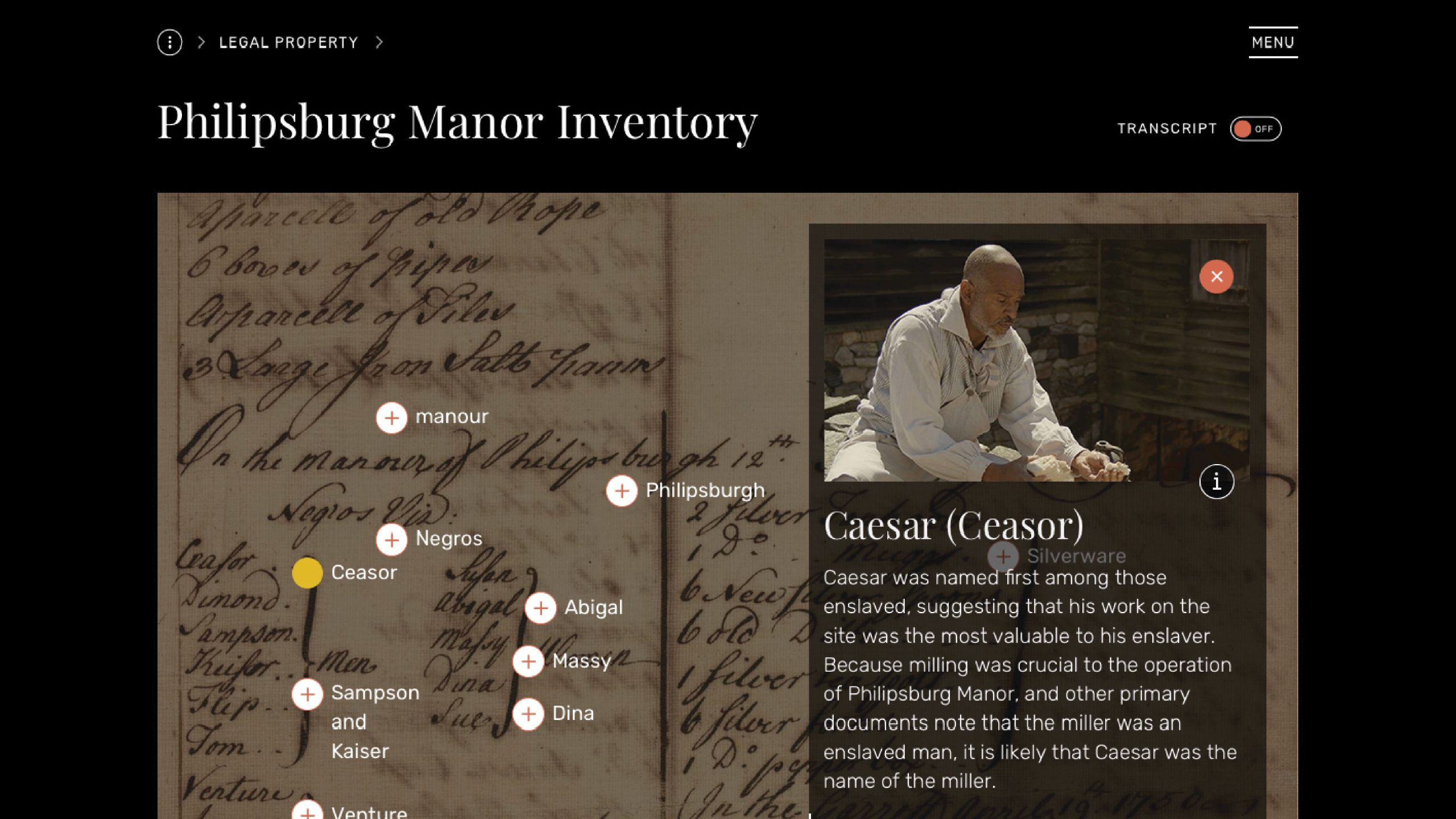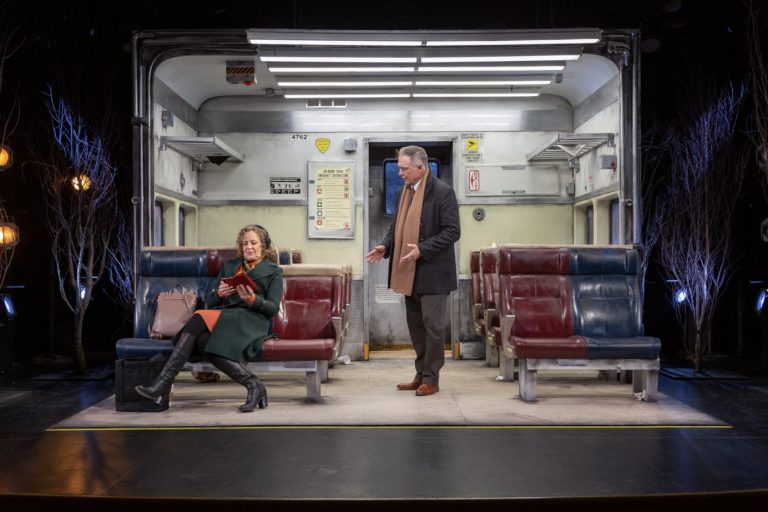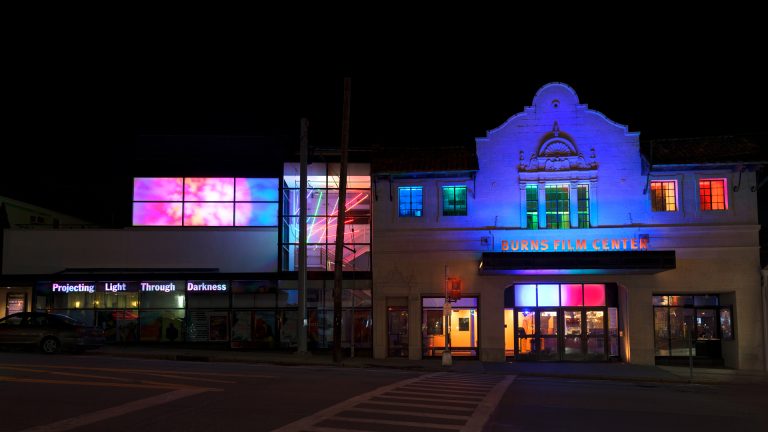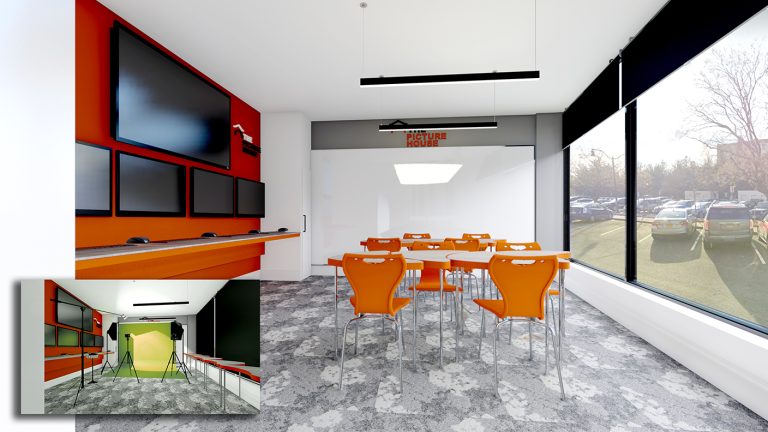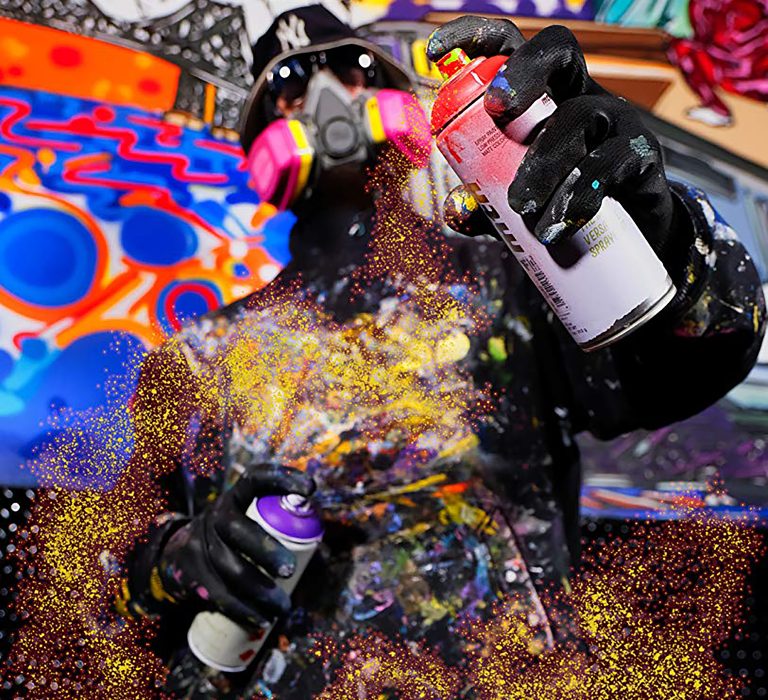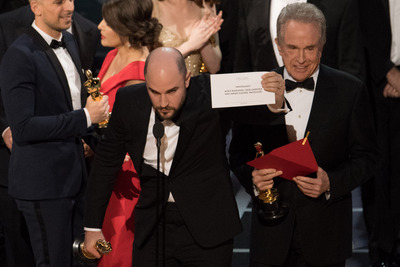Powerful Documentary Explores History of Northern Slavery
History is a powerful thing. It is undeniable. However, sometimes it may be hidden for a while or just overlooked, or even ignored as if it didn’t exist. Take for example the history of Philipsburg Manor in Tarrytown. It is recorded in the archives of the New York Public Library in bold 18th Century script that the Philips family were slave owners. The primary source for this conclusion is a seemingly innocuous document called an Inventory, dated 1750, listing the possessions of arguably the richest merchant in New York State. Pages one and two lists the 23 individuals who were possessions of the Philips family: they were slaves. Caesar was one of them. He was a seasoned miller whose indenture along with the other laborers made the Philips family enormously wealthy. These people were recorded not because of their significant deeds but simply because they were an item on a list of one man’s possessions. Philipsburg Manor was acquired in 1951 by Sleepy Hollow Restorations, now Historic Hudson Valley (HHV). Philanthropist John D. Rockefeller Jr. funded the restoration and it was opened to the public as a historic tourist destination. Its narrative was the story of a wealthy colonial entrepreneur who surrounded himself with the finest of Dutch and English furniture and antiquities. All of these possessions were meticulously researched, recreated and authentically presented in the manor as they are described in the list of possessions articulated on pages three and four of the Inventory. Now, if truth be told, there were slaves who tended the farm, milled the flour and prepared the goods for an active triangular trade business between the Colonies, West Indies and England and it has been rewritten by HHV as a means of educating the public, especially children about slavery in our nation. Under the leadership of President and CEO Waddell Stillman, and the board of HHV, a new narrative has been written and unveiled with the help of the National Endowment of the Humanities (NEH). The truth is that the life at Philipsburg Manor, long extolled as a model of congenial colonial history, is now a potent primer on slavery in the United States. People Not Property sheds light on a practice in this country that denied freedom to thousands.
PEOPLE NOT PROPERTY: STORIES OF SLAVERY IN THE COLONIAL NORTH
The groundbreaking interactive documentary website launched in May reveals the history of slavery in the colonial North. A mix of original videos, interviews, reenactments and infographics, as well as photos, illustrations, and hundreds of artifacts and documents, tell the wrenching stories of America’s history of slavery in the northern colonies. Experience it at a Discovery Station at Philipsburg Manor or at peoplenotproperty.hudsonvalley.org.
A version of this article first appeared in the June issue of ArtsNews, ArtsWestchester’s monthly publication. ArtsNews is distributed throughout Westchester County. A digital copy is also available at artsw.org/artsnews.

